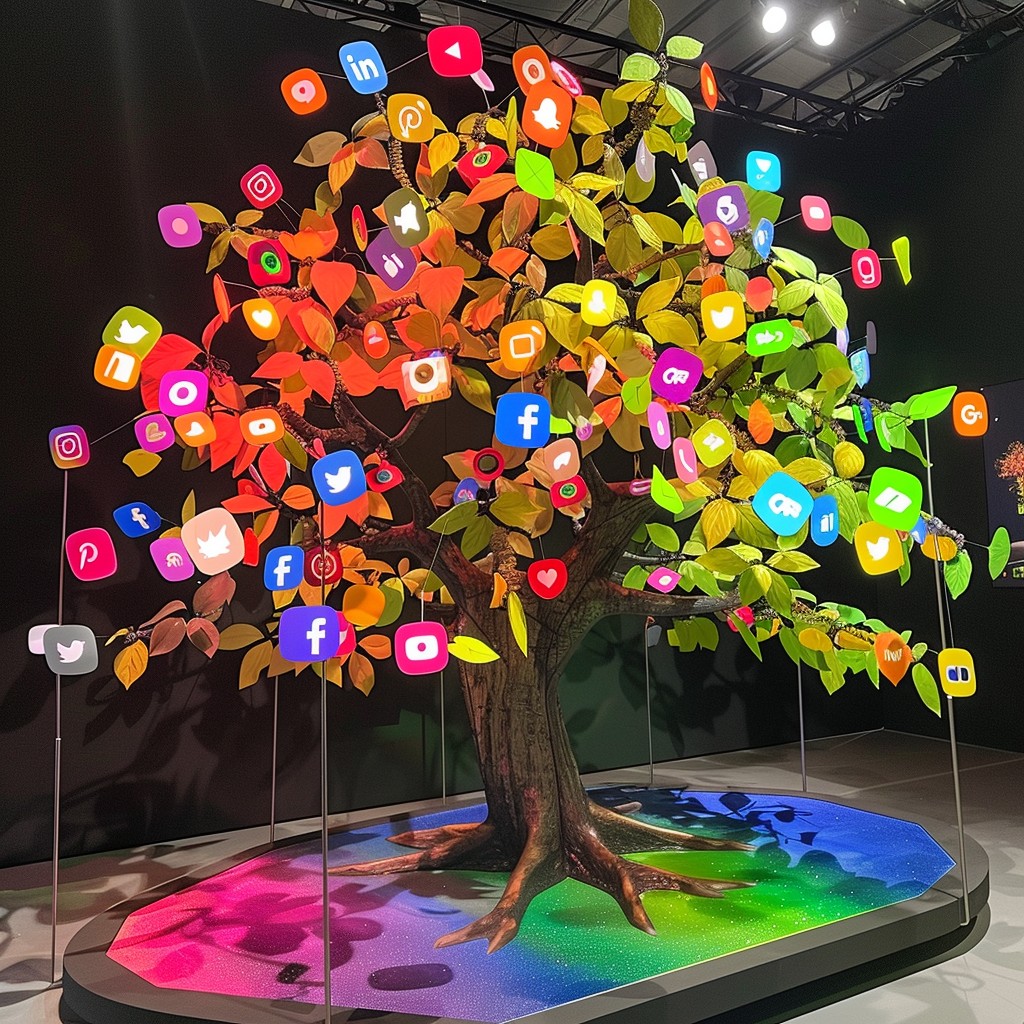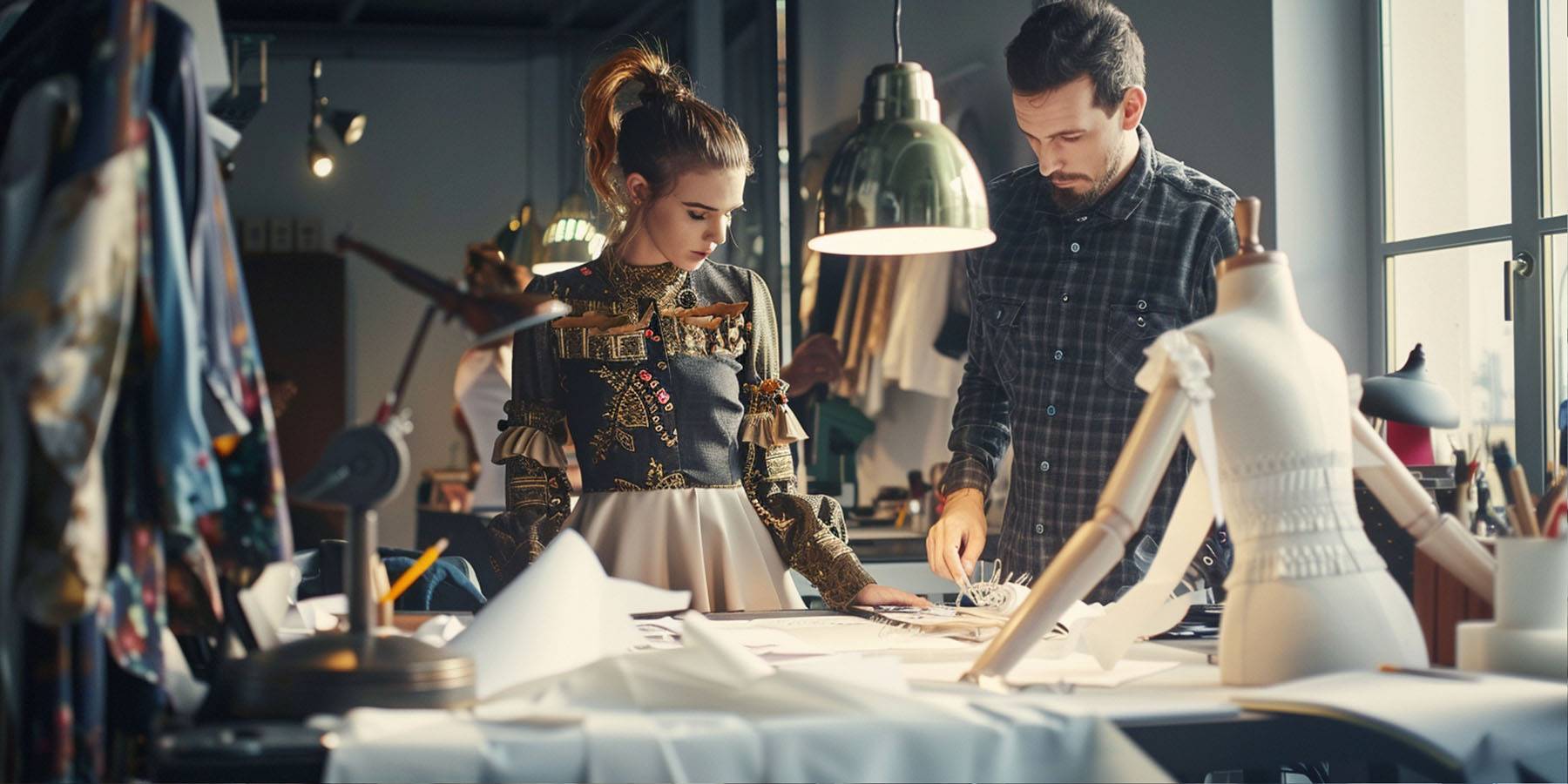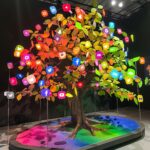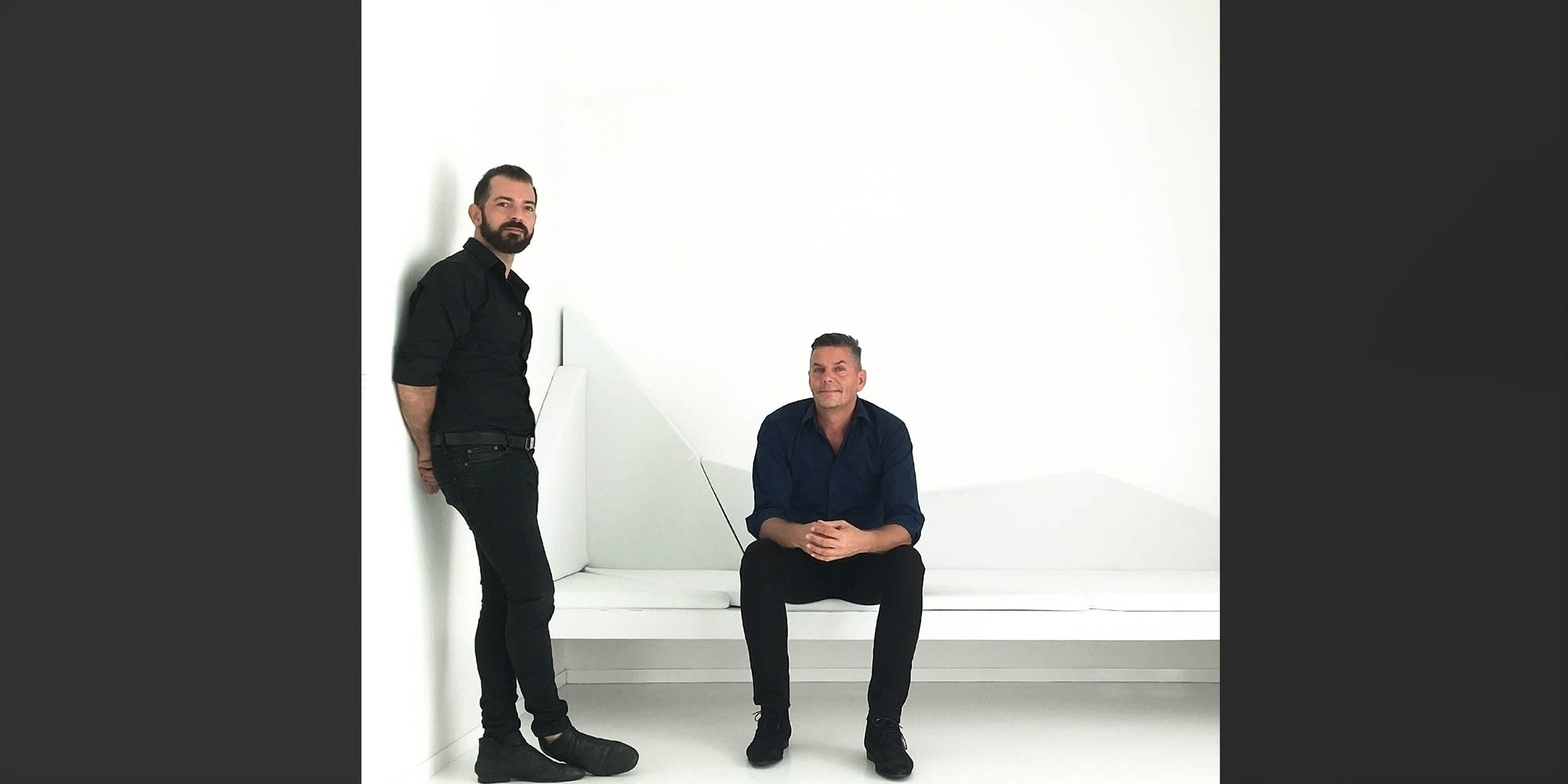In the fiercely competitive fashion industry, breaking into mainstream media can be a game-changer for emerging designers. Media features provide invaluable exposure, lending credibility and helping designers reach a broader audience. This article offers comprehensive strategies for emerging designers to secure features in mainstream media, drawing on insights from fashion and media industry experts.
Understanding the Importance of Mainstream Media

Mainstream media encompasses a wide range of platforms, including print magazines, online publications, television, and social media. These platforms can significantly amplify a designer’s reach and influence, making media exposure a critical component of a successful fashion career.
Benefits of Media Features
- Increased Visibility: Media features can introduce a designer’s work to a large and diverse audience, including potential customers, industry professionals, and fashion enthusiasts.
- Credibility and Validation: Being featured in reputable media outlets can enhance a designer’s reputation, signaling quality and innovation to the fashion community.
- Networking Opportunities: Media exposure often leads to connections with influential figures in the fashion industry, opening doors to collaborations, partnerships, and fashion events.
- Sales Growth: Increased visibility typically translates to higher sales, as more people become aware of and interested in a designer’s collections.
Building a Strong Media Presence

Create a Unique Brand Identity
A distinctive brand identity is essential for capturing media attention. Emerging designers should focus on developing a clear and consistent brand message that reflects their unique aesthetic and vision. This includes:
– Brand Story: Craft a compelling brand story that highlights the inspiration, mission, and values behind the brand. This narrative should resonate with both the media and the target audience.
– Visual Identity: Invest in professional branding elements such as a logo, color scheme, and typography that represent the brand’s personality and style.
Develop High-Quality Content
High-quality content is crucial for attracting media features. Designers should focus on creating visually appealing and professionally crafted materials that showcase their work effectively.
– Lookbooks and Portfolios: Compile lookbooks and portfolios featuring high-resolution images of collections. These should be visually striking and convey the essence of the brand.
– Press Kits: Prepare comprehensive press kits that include a brand biography, designer biography, high-quality images, press releases, and contact information. Press kits should be easily accessible and downloadable from the brand’s website.
– Social Media Content: Maintain active and engaging social media profiles. Regularly post updates, behind-the-scenes content, and professional images to keep the audience engaged and attract media attention.
Network with Industry Professionals
Building relationships with journalists, editors, bloggers, and influencers is vital for securing media features.
– Attend Fashion Events: Participate in fashion shows, exhibitions, and industry events to meet and network with media professionals. Personal interactions can lead to valuable media connections.
– Pitch to Media Outlets: Send personalized pitches to media outlets that align with the brand’s aesthetic and target audience. Research and tailor each pitch to demonstrate why the brand would be a good fit for their publication.
– Engage with Influencers: Collaborate with fashion influencers who can introduce the brand to a larger audience. Influencers with a strong following can help amplify the brand’s reach and attract media attention.
Crafting an Effective Media Pitch

Research and Target the Right Outlets
Not all media outlets are created equal. It’s important to target publications, websites, and TV shows that align with the brand’s identity and audience.
– Identify Relevant Outlets: Make a list of media outlets that regularly feature fashion content and have a readership that matches the brand’s target audience.
– Understand Their Content: Study the content and style of each outlet to understand what they look for in a feature. Tailor pitches to match their editorial tone and interests.
Write a Compelling Pitch
A well-crafted pitch can make the difference between being ignored and securing a feature.
– Personalize the Pitch: Address the recipient by name and reference specific articles or features they have written to show that the pitch is tailored to them.
– Keep It Concise: Media professionals receive numerous pitches daily, so keep the pitch concise and to the point. Highlight the unique aspects of the brand and why it would interest their readers.
– Include High-Quality Visuals: Attach high-quality images that showcase the best of the brand’s work. Visuals are crucial in the fashion industry and can make the pitch more appealing.
Follow Up Professionally
Following up on pitches is essential to maintain communication and demonstrate persistence without being pushy.
– Wait Appropriately: Allow a reasonable amount of time before following up. Generally, one to two weeks is appropriate.
– Be Polite and Professional: Keep follow-up emails polite and professional. Reiterate the key points of the initial pitch and express continued interest in working with the outlet.
Leveraging Social Media for Media Attention
Create Engaging Content
Social media platforms are powerful tools for gaining media attention. Designers should focus on creating content that is both engaging and reflective of their brand.
– Storytelling: Use social media to tell the brand’s story, showcasing the design process, inspiration, and behind-the-scenes moments. Authentic storytelling can attract media interest.
– Interactive Posts: Engage followers with interactive content such as polls, Q&A sessions, and live streams. Interaction boosts visibility and can lead to increased media coverage.
Collaborate with Influencers
Partnering with influencers can provide significant exposure and media attention.
– Select Relevant Influencers: Choose influencers whose style and audience align with the brand. Their endorsement can introduce the brand to new followers and media outlets.
– Create Collaborative Content: Work with influencers to create content that highlights the brand in a natural and engaging way. This can include styled photoshoots, unboxing videos, or Instagram takeovers.
Utilize Hashtags and Tags
Hashtags and tags can increase the visibility of posts and attract media attention.
– Use Relevant Hashtags: Incorporate popular and relevant hashtags in posts to reach a broader audience. Research trending hashtags in the fashion industry.
– Tag Media Outlets: Tagging relevant media outlets in posts can bring the brand to their attention. If they find the content interesting, they may feature it on their platforms.
Participating in Fashion Events
Fashion Shows and Runways
Participating in fashion shows and runway events can significantly boost a designer’s profile.
– Apply to Reputable Shows: Apply to well-known fashion shows that attract media attention, such as New York Fashion Week or Paris Fashion Week. These events provide a platform for extensive media coverage.
– Prepare for Media Presence: Ensure that all collections presented at fashion shows are media-ready. High-quality photos and videos of the runway show should be promptly shared with media outlets.
Exhibitions and Trade Shows
Exhibitions and trade shows are excellent opportunities for media exposure.
– Showcase Collections: Participate in exhibitions and trade shows where the brand can showcase collections to a wide audience, including media professionals.
– Engage with Media Representatives: Be proactive in engaging with media representatives attending these events. Provide them with press kits and information about the brand.
Conclusion
Breaking into mainstream media is a crucial step for emerging designers looking to establish themselves in the fashion industry. By developing a unique brand identity, creating high-quality content, building relationships with industry professionals, crafting effective pitches, leveraging social media, and participating in fashion events, designers can significantly enhance their chances of securing media features. These strategies not only increase visibility and credibility but also open doors to new opportunities and growth. For emerging designers, understanding and implementing these tips is essential for gaining the media attention needed to propel their careers forward.







